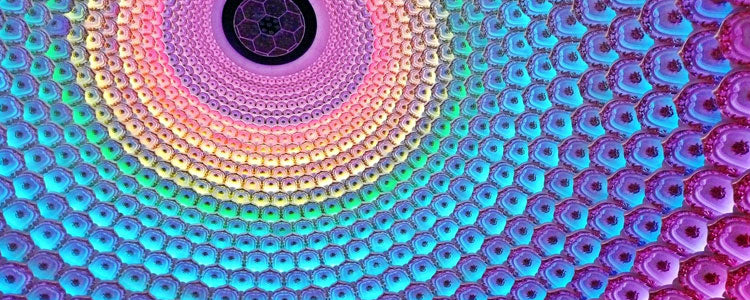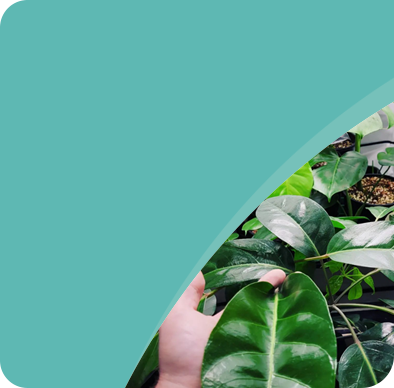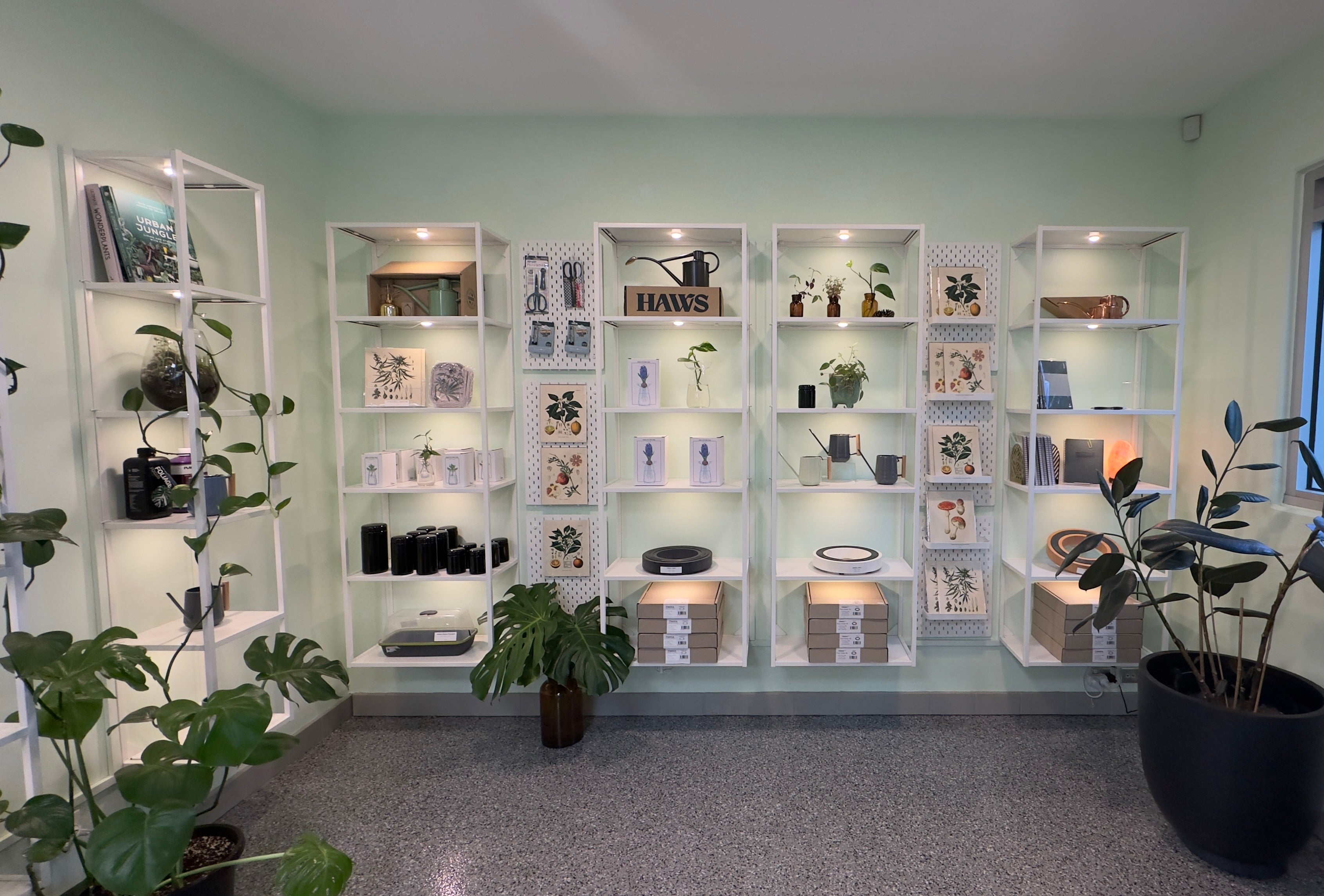For the last few decades the indoor horticulture and hydroponic industries have been reliant on using High Intensity Discharge (HID) and Fluorescent lighting technologies to illuminate their crops.
These lighting technologies have proven to be effective for growing plants indoors, where the environment can be completely controlled and optimized for the best growth results.
HID lighting, which includes High Pressure Sodium (HPS), Metal Halide (MH) and Ceramic Metal Halide (CMH), is a technology that utilizes an electrical gas-discharge lamp to produce a significant amount of Photosynthetic Active Radiation (PAR) light, along with large amounts of radiant heat when active. The additional heat produced by a HID lighting system is one of its largest drawbacks, requiring cooling systems to exhaust or reduce the heat in the environment where plant crops are located.

The second biggest drawback of HID lighting comes from the lack of power efficiency, which is the cause of the excessive heat radiation coming from these light sources. The average power efficiency of a HID fixture in the 600W to 1000W range is somewhere between 20-35%. The efficiency defines the per cent of power that is directly contributing to the output of photons (light) from the fixture; the remaining 65-80% of the power being exerted from the fixture is through the form of ambient electrical heat, which is radiated off the HID lamp being used. This power efficiency can be greatly reduced as the lamps begin to age from use, significantly reducing their photon output while still drawing the same power, the power is instead converted into heat radiation as the lamp deteriorates.
Enter LED
LED (Light Emitting Diode) technology has been around for almost 100 years now, but only in the last two decades has the technology made leaps forwards into being the most efficient and effective form of luminaries.
In 1972, K. J. McCree (founder of the company known today as Cree) performed a series of studies[1] to discover the efficacy of light used by plants for growth, which lead us to the science that is still used today, known as the McCree Action Curve. The Action Curve is displayed as a graph that maps out the optimal wavelengths and spectral ratio for various crops. The results from the McCree study show plants are most responsive to light that very closely resembles the output of our Sun. In 1994 NASA also conducted their own studies of the effects of light and plant growth for the possibility of propagation and cultivation of plants in space, finding a very similar result to Cree[2].
This is the first area where LED lighting systems shine above any HID system: spectral output. LED manufacturers now have the ability to produce LEDs that can produce specific colours of light and at extremely high intensity, where HID cannot in the same capacity.
LED lights are capable of producing any colour in the PAR spectrum, including lights that produce pure white light, consisting of a spectrum that can perfectly match that of our Sun’s output. In addition, LED manufacturers can insert any supplemental colours into a fixture they desire, for example, a LED fixture can predominately have a pure white 3500K output, while also having additional 660nm deep red and 710-730nm far red diodes to add to the intensity and % of red light output by the light source, something that would require an entire new lamp and system to do when using older technology such as HID or Fluorescent lighting.
Why would you want to tailor your light output? Isn’t all light the same? The human eye can only see visible light in the PAR range, from roughly 400nm to 700nm, which is almost the exact same as what plants are able to ‘see’ and absorb. What our eyes cannot see, is the actual make up of multiple colours when many are present in a light source, for example: a pure white light is made up of a mixture of all visible colours but we cannot disseminate between any of them by just looking, fortunately we have tools to measure this, such as photo spectrometers and quantum meters. [3]
The McCree study showed the recipe of light that appears to be the best for plant growth and development had larger quantities of reds than any other colour and recent studies have shown that the ratio of colours that make up the light that plants are absorbing is important, too much blue light can be undesirable for growth[4].

The above image shows a HPS, Metal Halide and a full spectrum LED lighting system and their precise colour output. As you can see the HPS and MH lights have a very slim selection of colours being projected while the LED has all the colours in the PAR range with additional intensity in the deep reds that is desirable for flowering or fruiting plant crops, giving the cultivator the precision in their light source they require for optimal plant crop growth.
The growth and development of plants directly relates to the colours and intensity of the photons (light) it receives. A plant that is only receiving a spectrum of colours consisting of predominantly yellows, oranges and reds, is going to develop differently to a plant receiving a complete range of colours in the PAR range. Plants that have access to light and colours they have evolved with for millions of years will always develop better than those who are being deprived of certain colours, this is one of the major factors to why LED has become the best technology for artificially lighting in indoor Horticulture and Hydroponics industries.
The second major benefit of LEDs is their power and light efficiency. LEDs have widely become known as an excellent power saving luminaries for everyday use, such as household lighting, street lighting, floor lights, car headlights, spot lights and much more.
In horticultural applications, a quality LED lighting system boasts around 60-70% power efficiency, whereas the commonly found HID systems only ranges from 20-30%. This difference is measured by determining how many photons are actually being absorbed by a plant canopy relative to the amount of electrical input. LED lighting systems are capable of producing up to twice the amount of light (photons) to the canopy for the same power input as HID, significantly reducing the overall electrical power consumption costs associated with running horticultural lighting systems.
Today, the power and precision of LED lighting systems cannot be matched by older technologies, which is why we are seeing the commercial horticulture sector re-fit their facilities with exclusively LED lights.
The Industry Shift
With the explosion of popularity of the indoor horticulture and hydroponic industries, we are seeing large globalized corporations starting to produce LEDs tailored for plant growth, with massive electronic and luminary companies such as Samsung, Cree, Philips and OSRAM producing their own horticultural range of LEDs with high intensity spectral outputs most desirable for plant growth, with additional features such as corrosion resistance for high humidity environments.
With companies like Samsung and Cree leading the pack, LEDs are only going to continue to advance in capabilities as the competition between companies like these will breed new advancements in the technology.
One of the main driving forces behind these changes is the Cannabis industry, where high intensity lighting and precision spectrums are sort after by cultivators to produce high yields of this highly valuable crop. With the easing of restrictions and legalization of both recreational and medicinal Cannabis in large regions of North America, the technologies associated with the production of these crops have become the driving force for innovation of new powerful products, such as LED lighting systems primarily for this purpose.
This new wave of lighting innovations will breed new opportunities for growing all kinds of crops, reducing operating costs which can potentially lead to opening up the ability for mass cultivation of food crops in areas otherwise not viable for regular agricultural methods.




